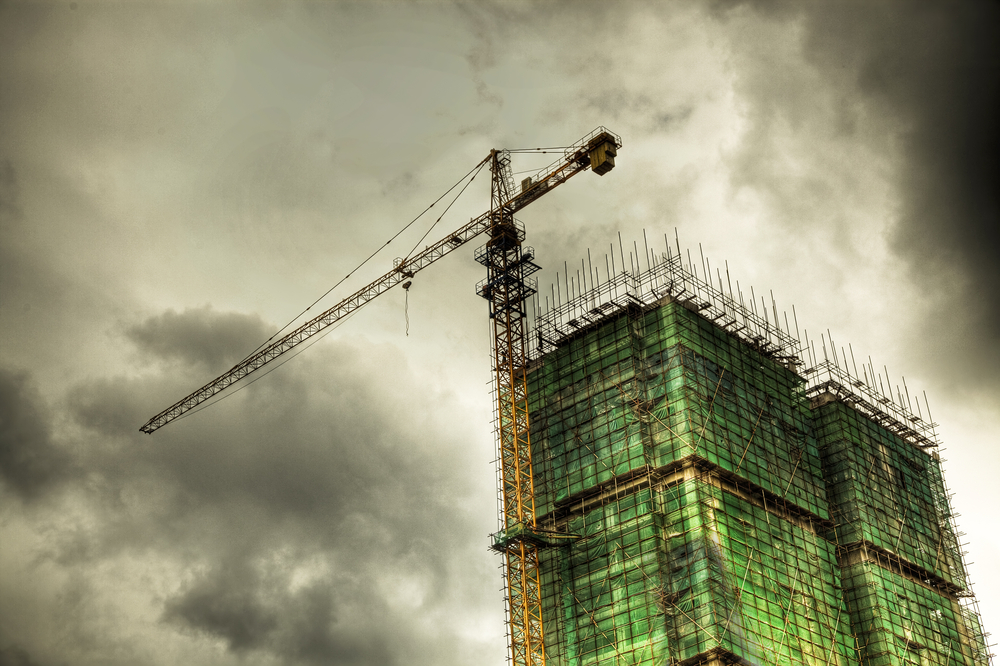Green construction has become more and more popular over the past decade. Businesses and homes are turning to green while the government encourages it through tax incentives. But going green is not just about sustainable or local products in construction. It involves specific construction standards, various rating systems and green construction codes. Last week, a session at the RIMS Annual Conference & Exhibition helped us understand the complexities of green construction.
Speaking on the matter were:
Stephen Grossmark, partner at Tressler
James McIlnerney, vice president, field operations and risk manager for Leopardo
Matt Lumelleau, producer for Lockton Companies
There are many different green construction standards depending on what type of construction is being done and what the intent is. ASTM International (formerly the American Society for Testing and Materials) is known as the gold standard for green construction standards. There is also ASHRAE (the American Society of Heating, Refrigerating and Air Conditioning Engineers), which focuses on building ventilation.
And of the different green construction rating systems, the most prominent is LEED (Leadership in Energy and Environmental Design), which addresses:
- Sustainable sites
- Water efficiency
- Energy and atmosphere
- Materials and resources
- Indoor environmental quality
- Innovation in operations and regional priority (using local products)
With LEED there are four certifications: certified, silver, gold, platinum. As the speakers said, LEED is a flexible program as to the number of points needed to earn a green construction certification and how they are earned.
“It’s not whether you can get a green certification, it’s how green are you going to be,” said Grossmark.
“Basically, the whole point of LEED is to convert structures from energy efficiency to energy neutral to energy-producing buildings,” he added.
The most impressive example is the Bullitt Center in Seattle, which is known as the greenest commercial building in the world. The building captures rainwater and uses it on site. It even uses raw swage as fertilizer off site. “The goal is to be self sustained, not to pull electricity from the grid if they don’t have to, or water for that matter,” said Grossmark.
According to McInerney, there is a basic formula for sustainable design. He believes that design plus construction plus commissioning equals:
- Higher productivity
- Healthier conditions for occupants
- Meeting green market demands
- Potential tax credits
But of course, as McInerney pointed out, there are performance and contractual concerns. As with anything, there are risks involved.
The major causes of loss for green buildings are:
- Envelope leaks
- Electrical fires
- Plumbing leaks
- Mold growth
- Building code and rating upgrades
- Unknown green construction risk
- Vegetative roofs (the weight of the soil can cause problems)
- Indoor air-quality problems (can use vapor extrusion to move bad air out)
- Materials characteristics and integration
- Brownfield sites (environmental exposures related to prior land use)
Then there are the builder’s issues, including:
- Inexperienced contractors and subcontractors
- LEED projects require experienced personnel
- Alternative energy and other advanced systems/learning curves
- “Greenwashing”
- LEED point challenges
“If it’s your first time building a green building, you’re not going to get everything right,” said Lumelleau.
There are two ways of dealing with that from insurance standpoint: OCIPs (owner-controlled insurance programs) and CCIPs (contractor controlled insurance program). Current carriers of such insurance include Liberty, Fireman’s Fund, FM Global, Travelers, Zurich, GenRe and Lexington/AIG. Many times, carriers will offer discounts for green-certified buildings for property coverage or upgrades to greener technologies after a loss occurs.


“SUSTAINABLE GREEN BUILD CONSTRUCTION IN ASIA-PACIFIC 2013”
OVERVIEW
Green Building Index in Malaysia or Green Mark in Singapore relies primarily on utilization of green building but not green build construction methodology.
Hence, the need for Sustainable Green Build Construction in hill slope construction has emerged as an overarching imperative for consideration.
The construction sector is a major catalyst in GDP growth rate in Asia-Pacific region.
CASE ANALYSIS
Malaysia and Singapore share similar growth trend at both public and private construction demand and supply stress.
Given the steady upward curve, there is also a need for builders and developers to observe sustainable construction build concept and approach pioneered under the Sustainable Green Build (SGB) paradigm.
GREEN LAW AND GREY LAW
Current green legislation provides for little integration between green projects and green legislation.
There is no connection simply because there is inadequate green legislation.
A MATTER OF GREEN INTEGRATION
Sustainable Green Build concept is still an alien ‘malware’ to many private developers/builders in Malaysia and Singapore,etc.
CASE STUDY ANALYSIS
The collapse of Block One in the tragic case of Highland Towers in 1993 remains a ghost that refuse to go away.
EIA requirement is not made compulsory for all projects except for certain prescribed projects only.
……………………………..
JEONG CHUN PHUOC
A COnsultant External for an international law firm AZMI & ASSOCIATES,KL,
Senior Lecturer-in-Law
He can be reached at his new email : Jeongchunphuoc@gmail.com
Green buildings are the need of the hour. With more and more use of steel and concrete the resources are depleting, there is no sustainable development. Natural and eco-friendly material has risks and rewards like pointed out in this article however the rewards outweigh the risks. green buildings are necessary to save the environment for the future generations